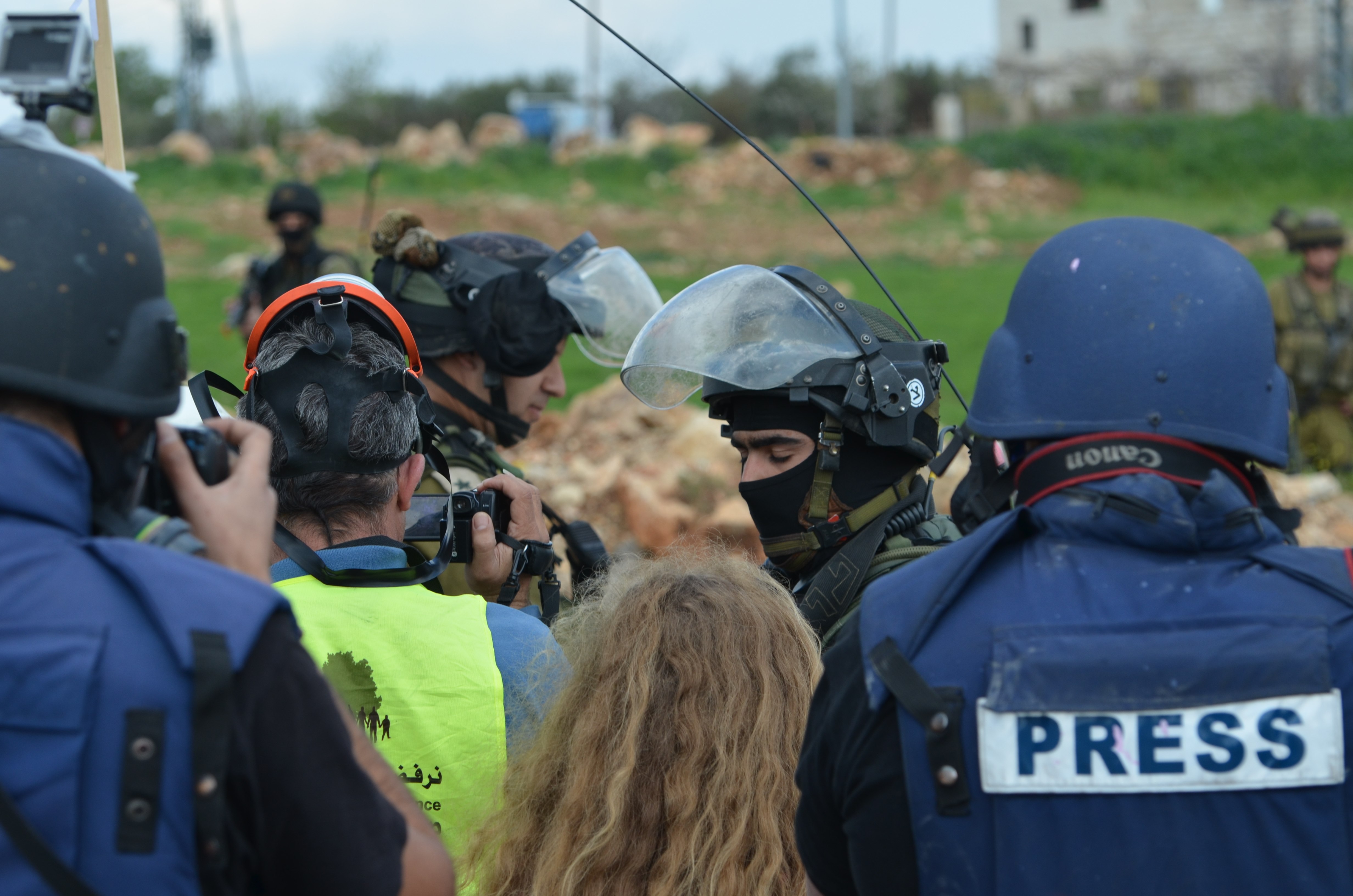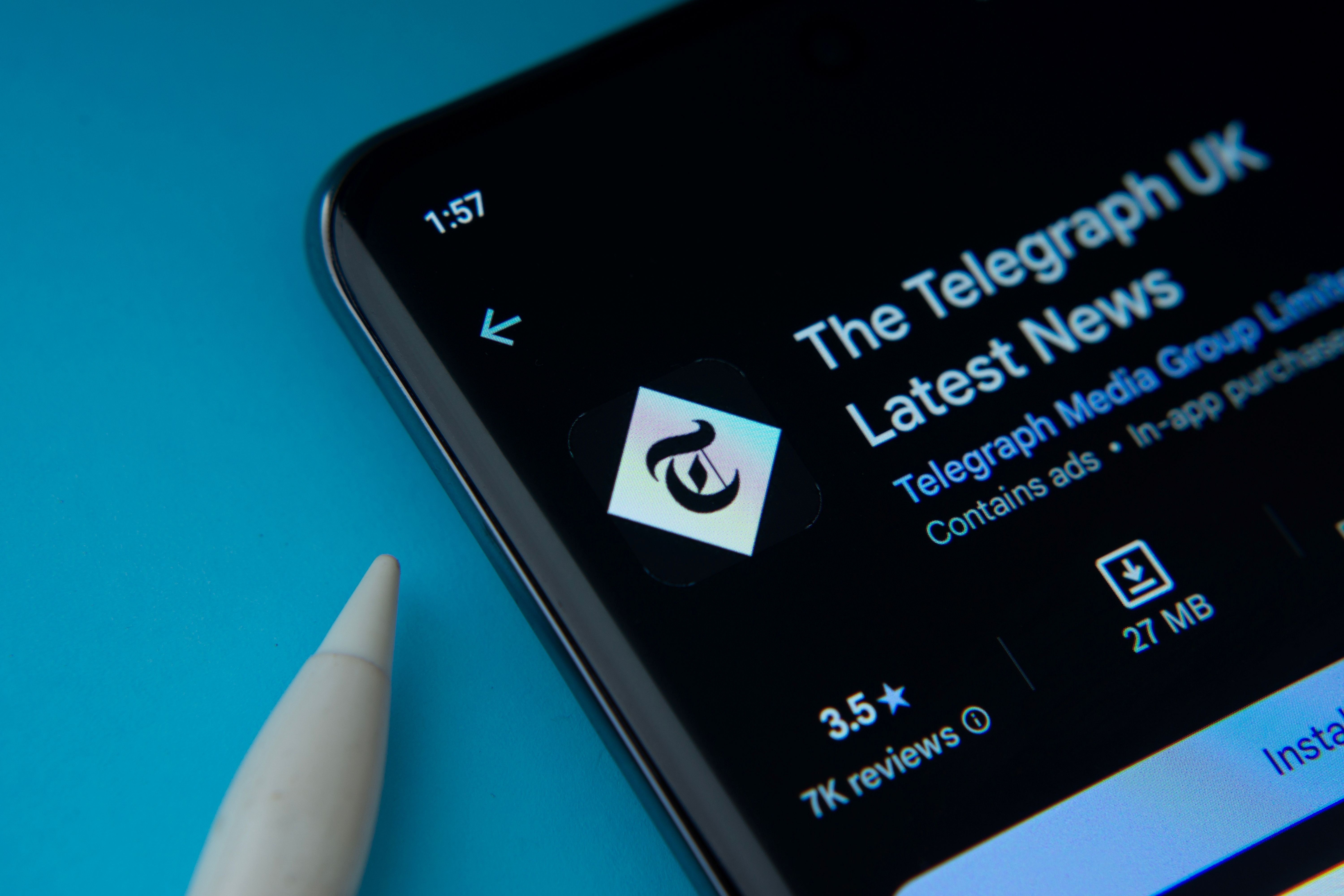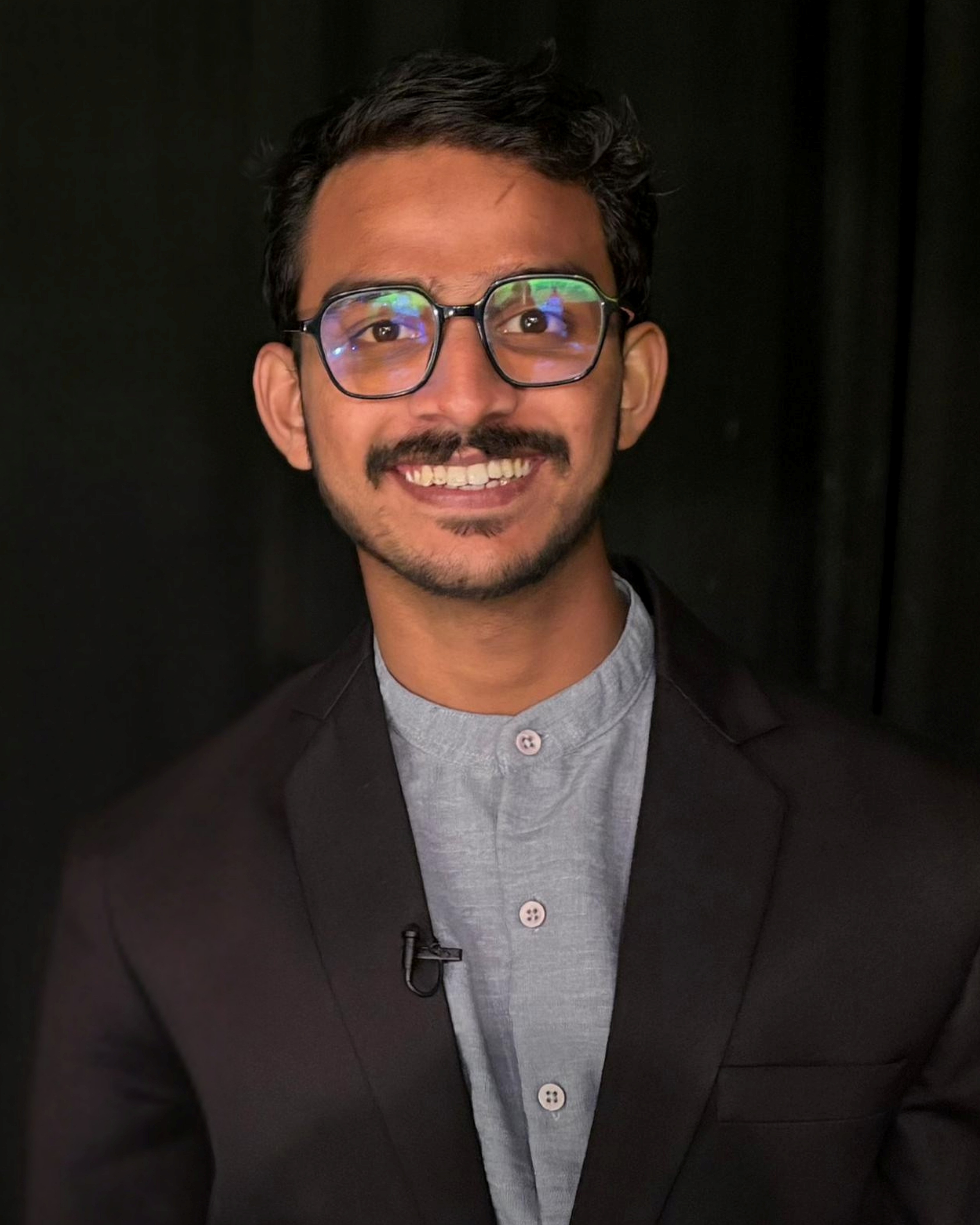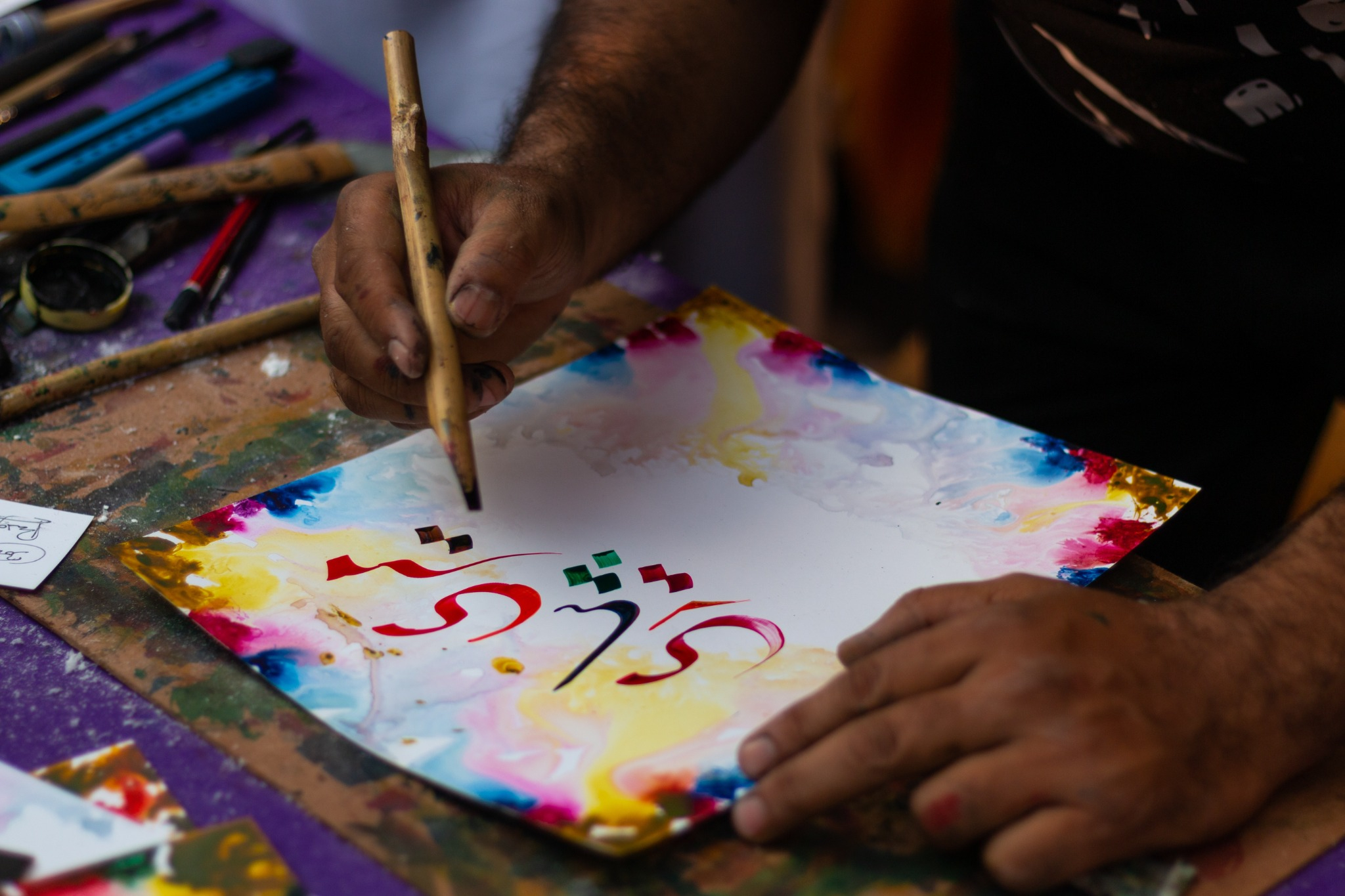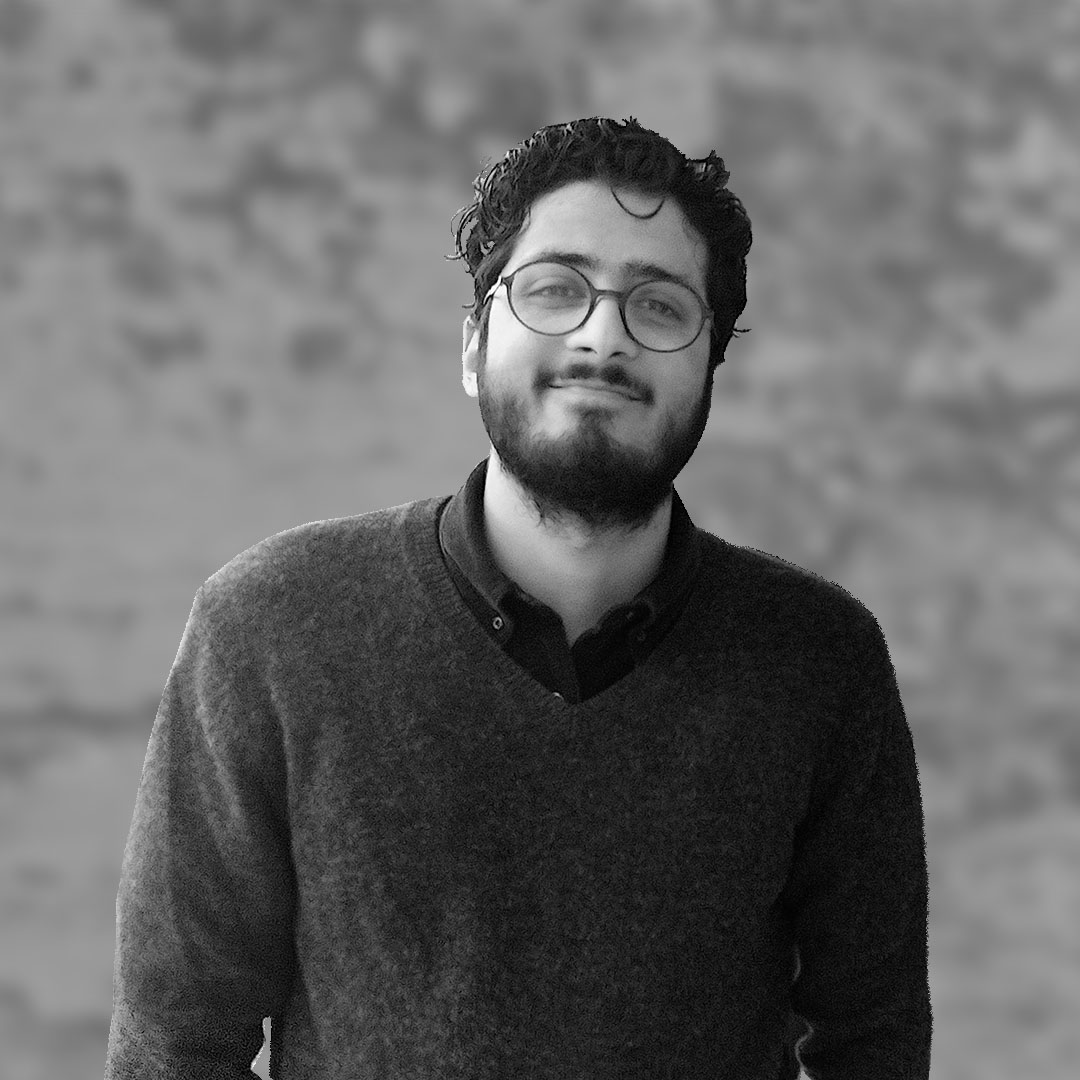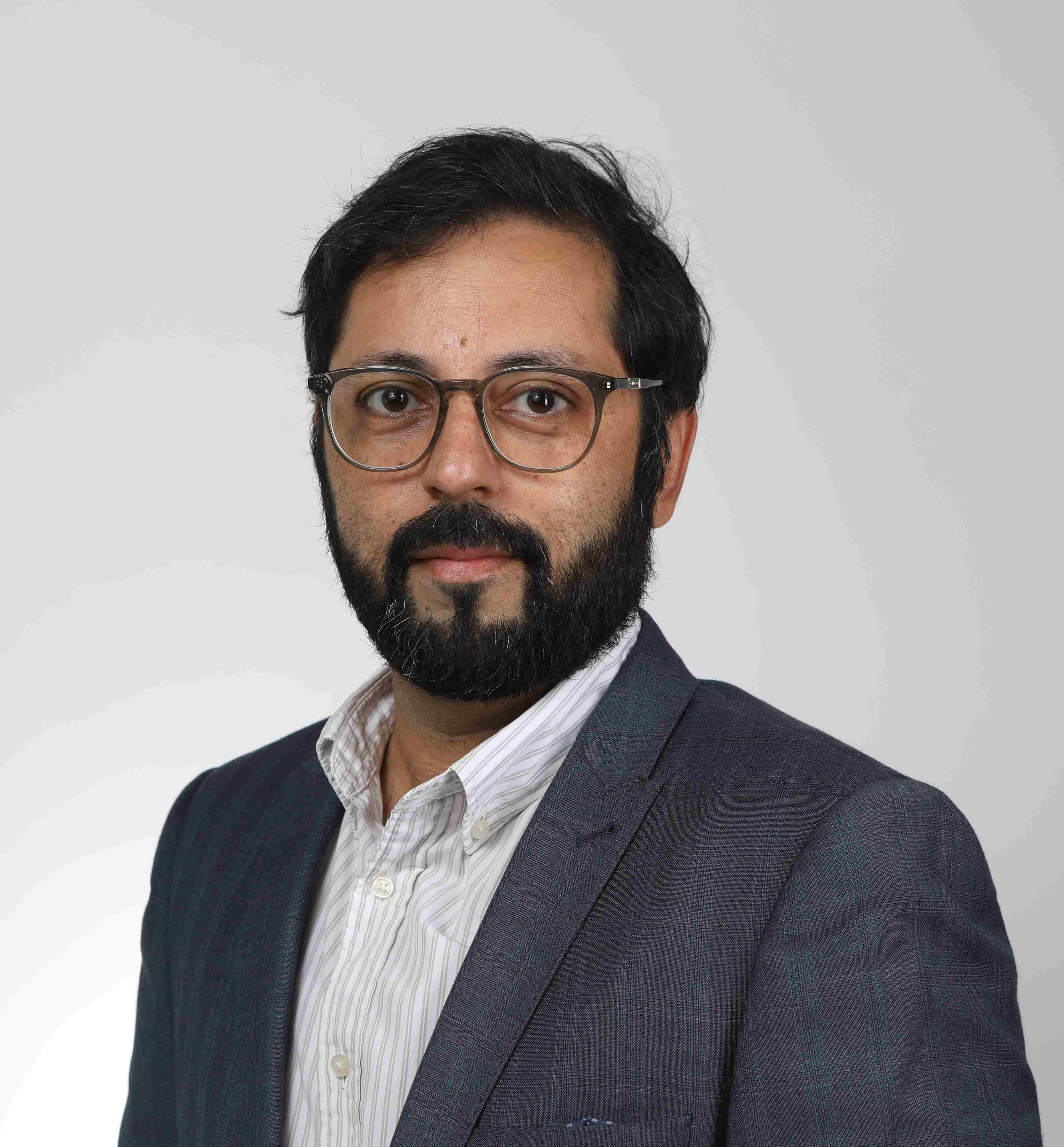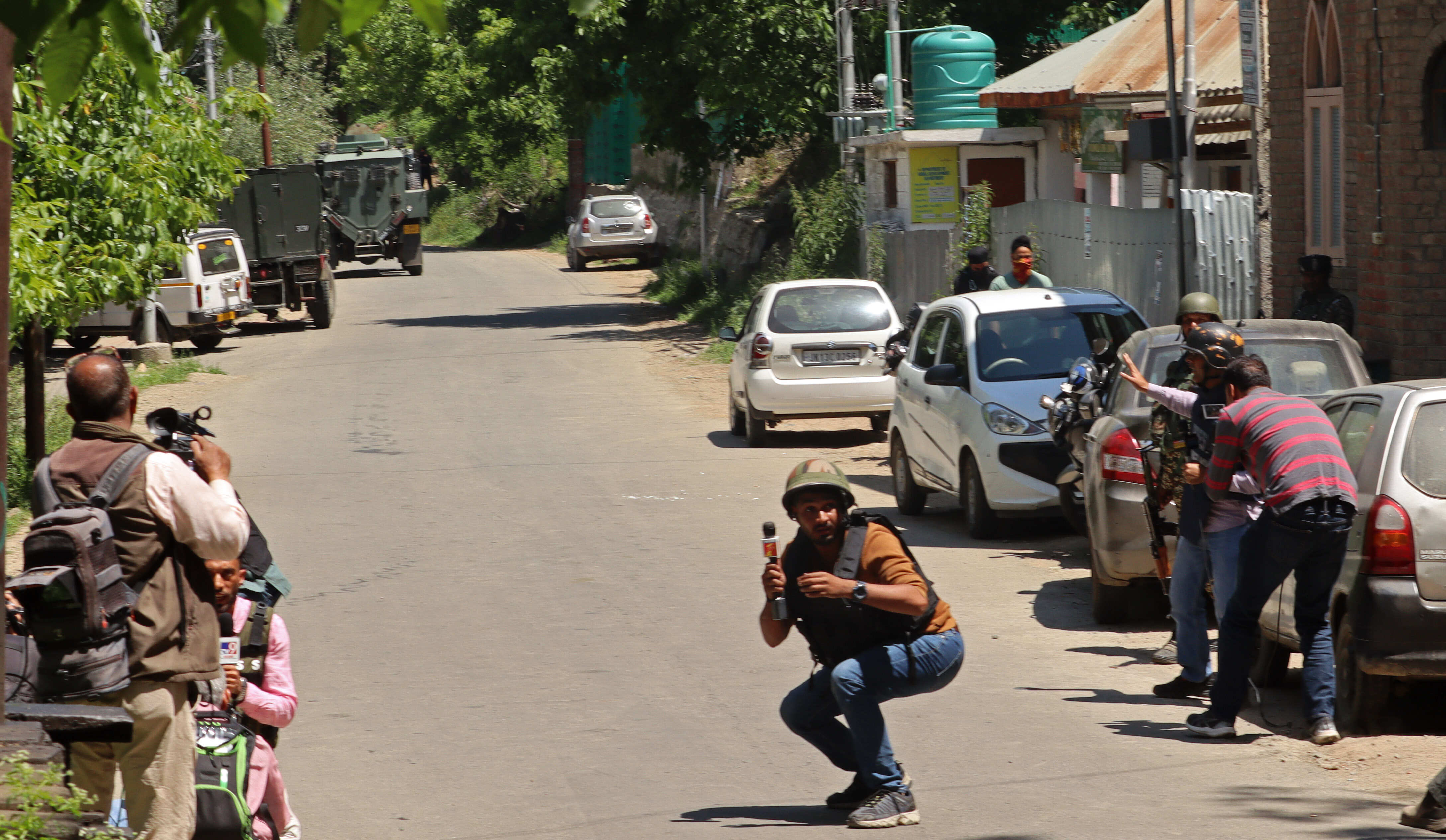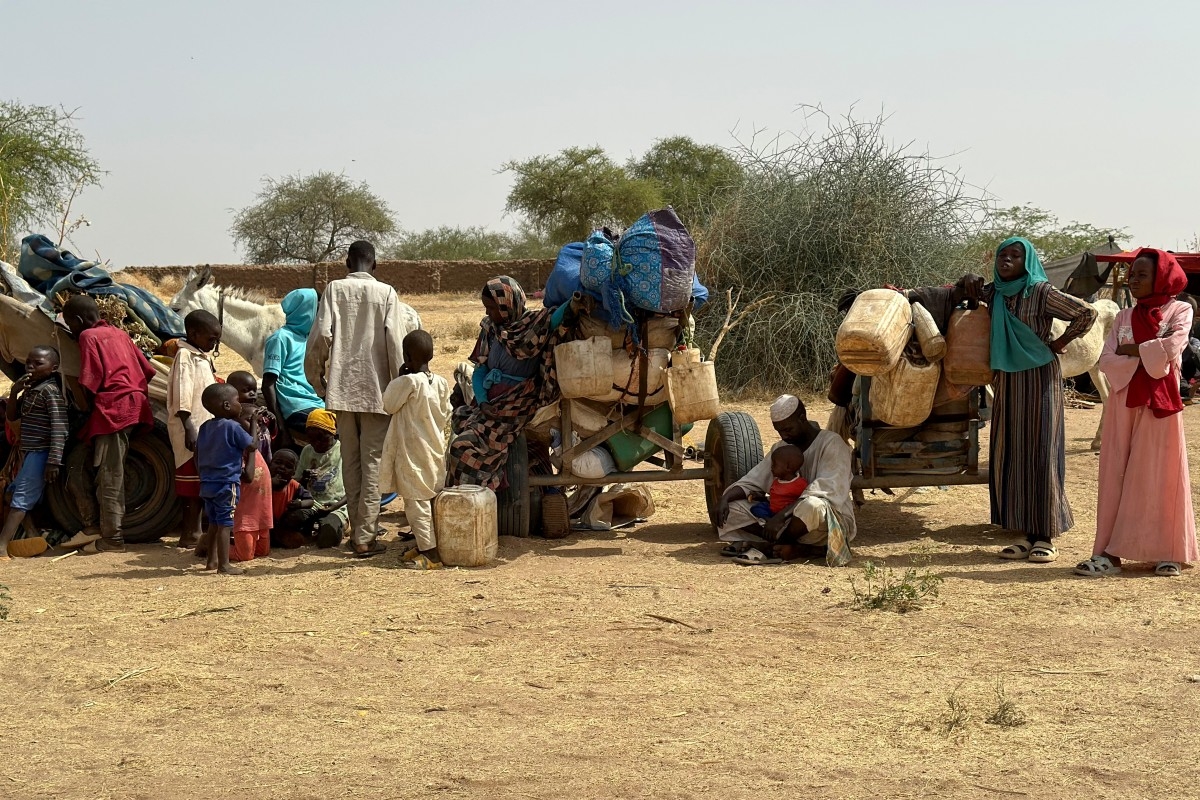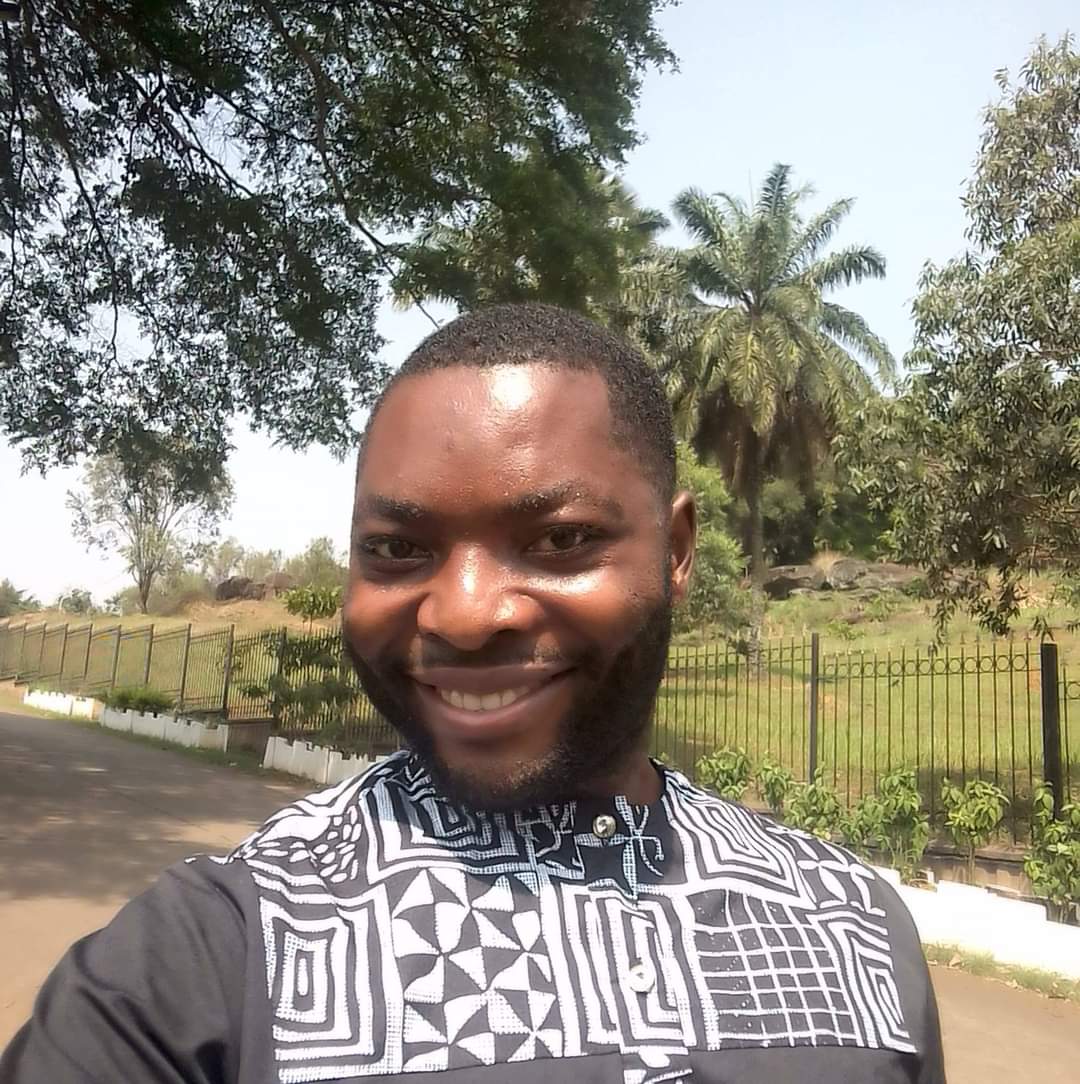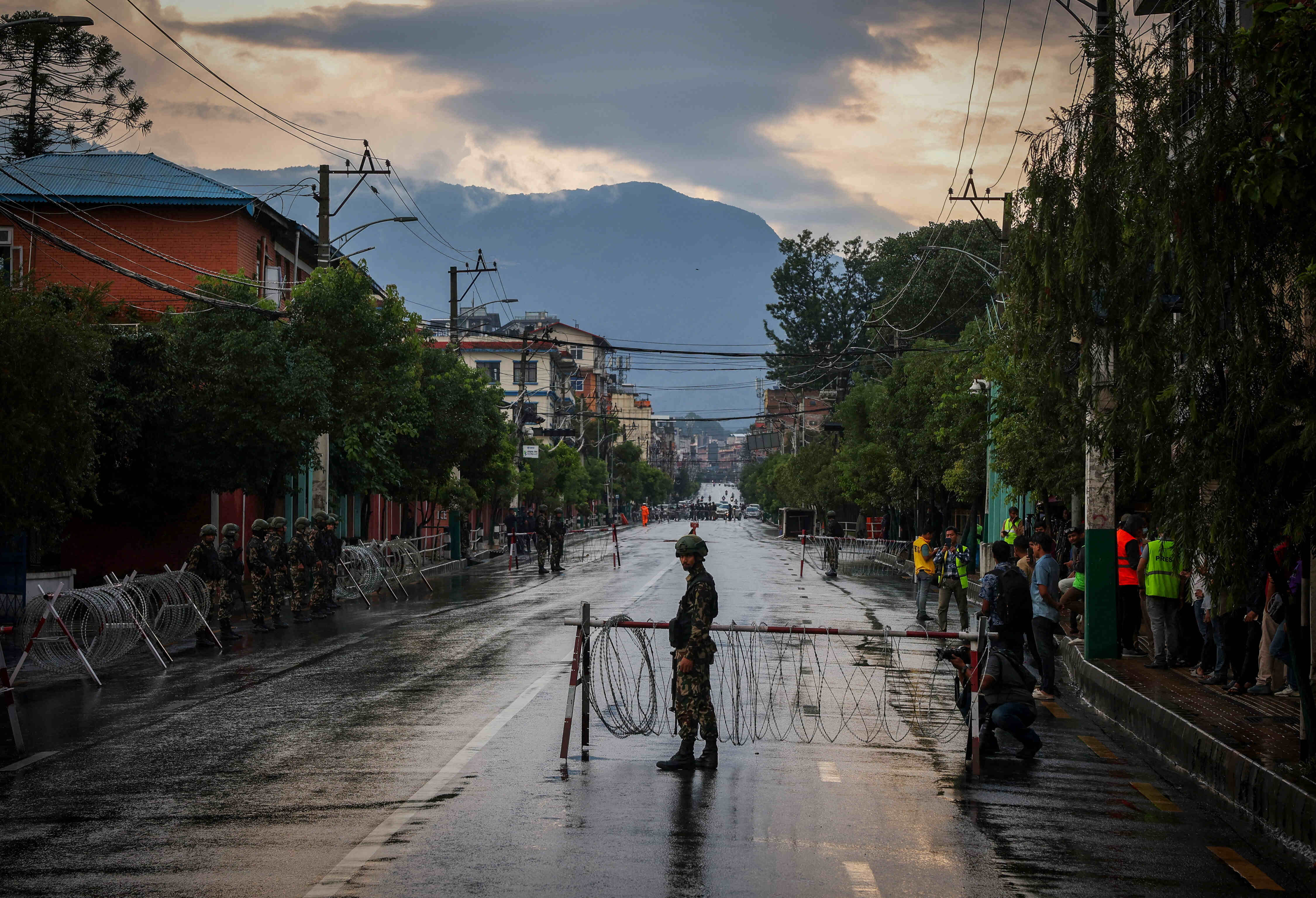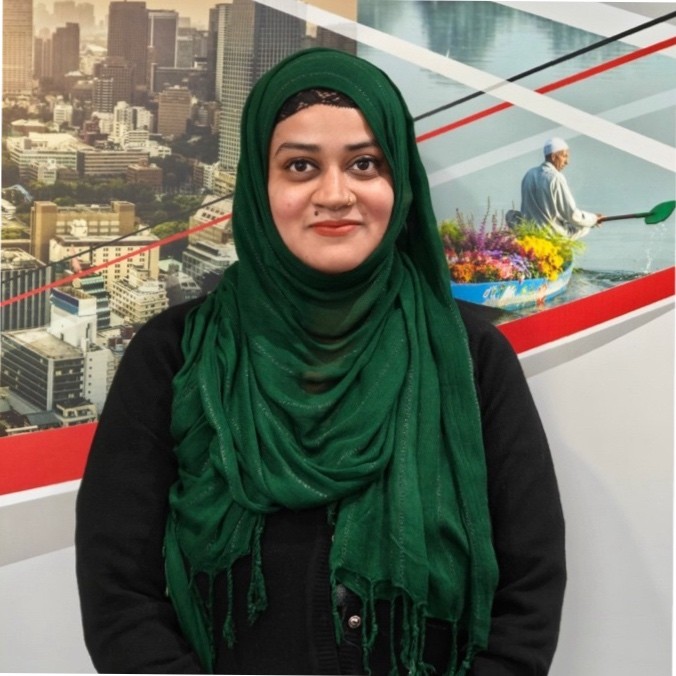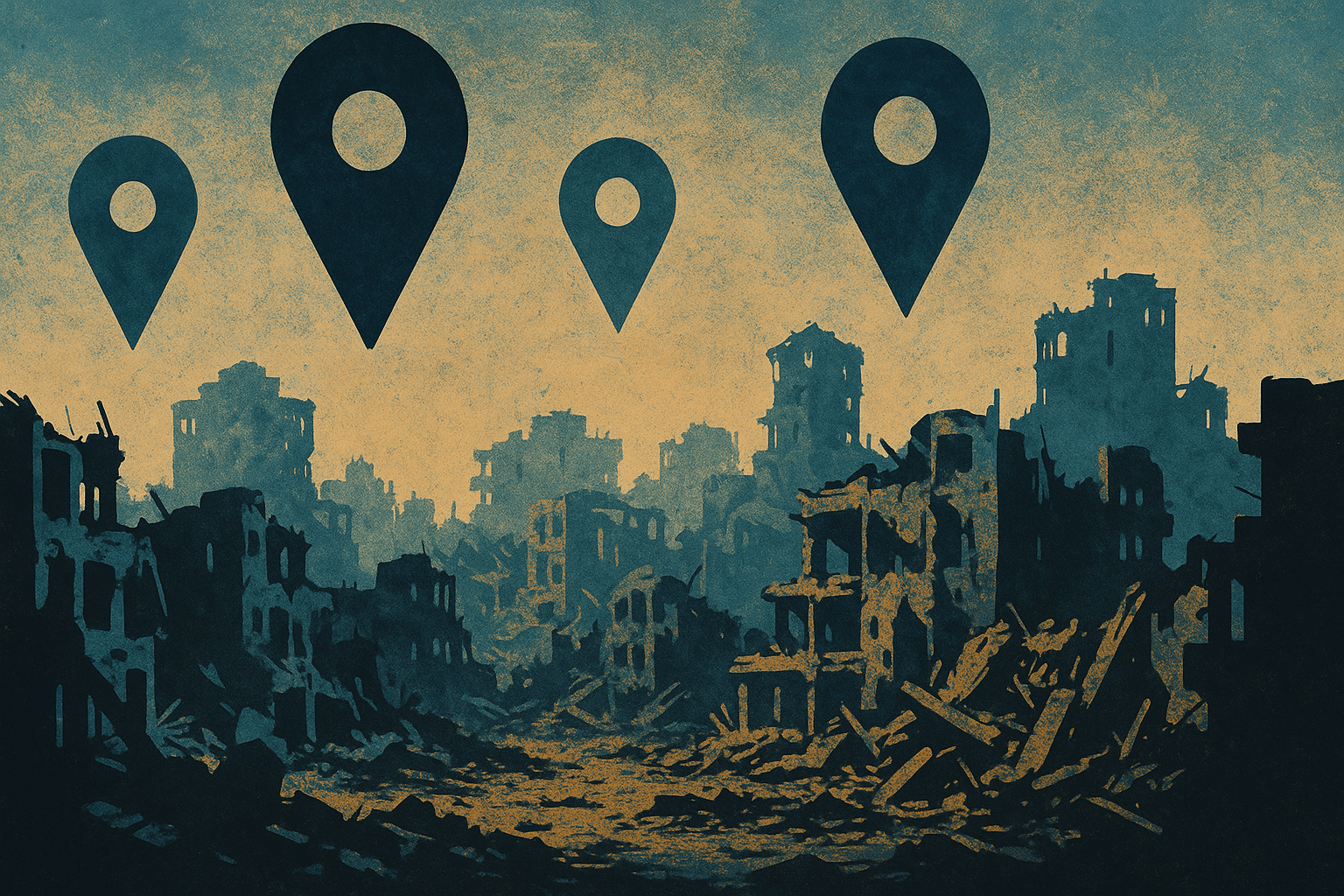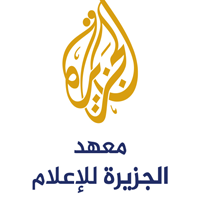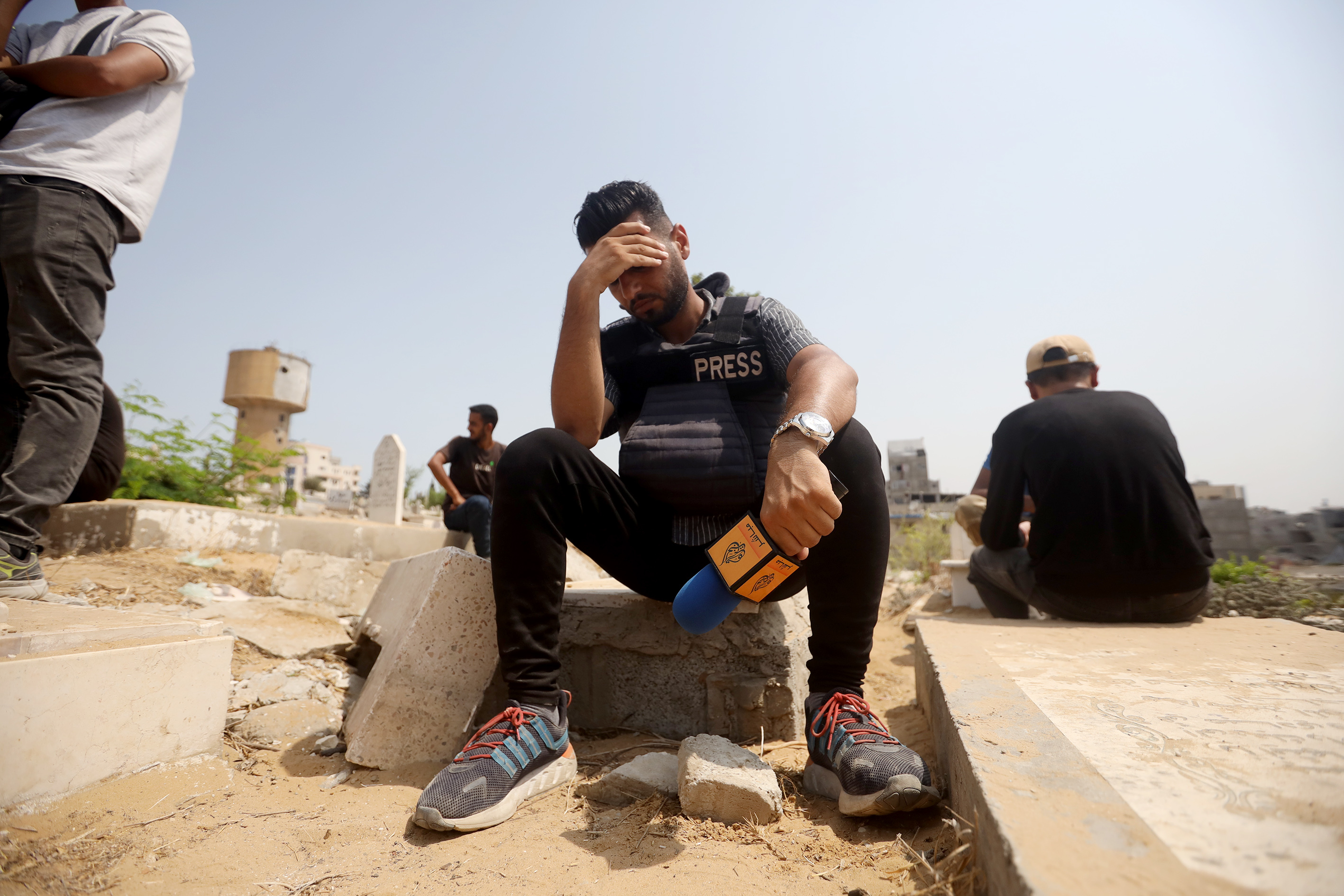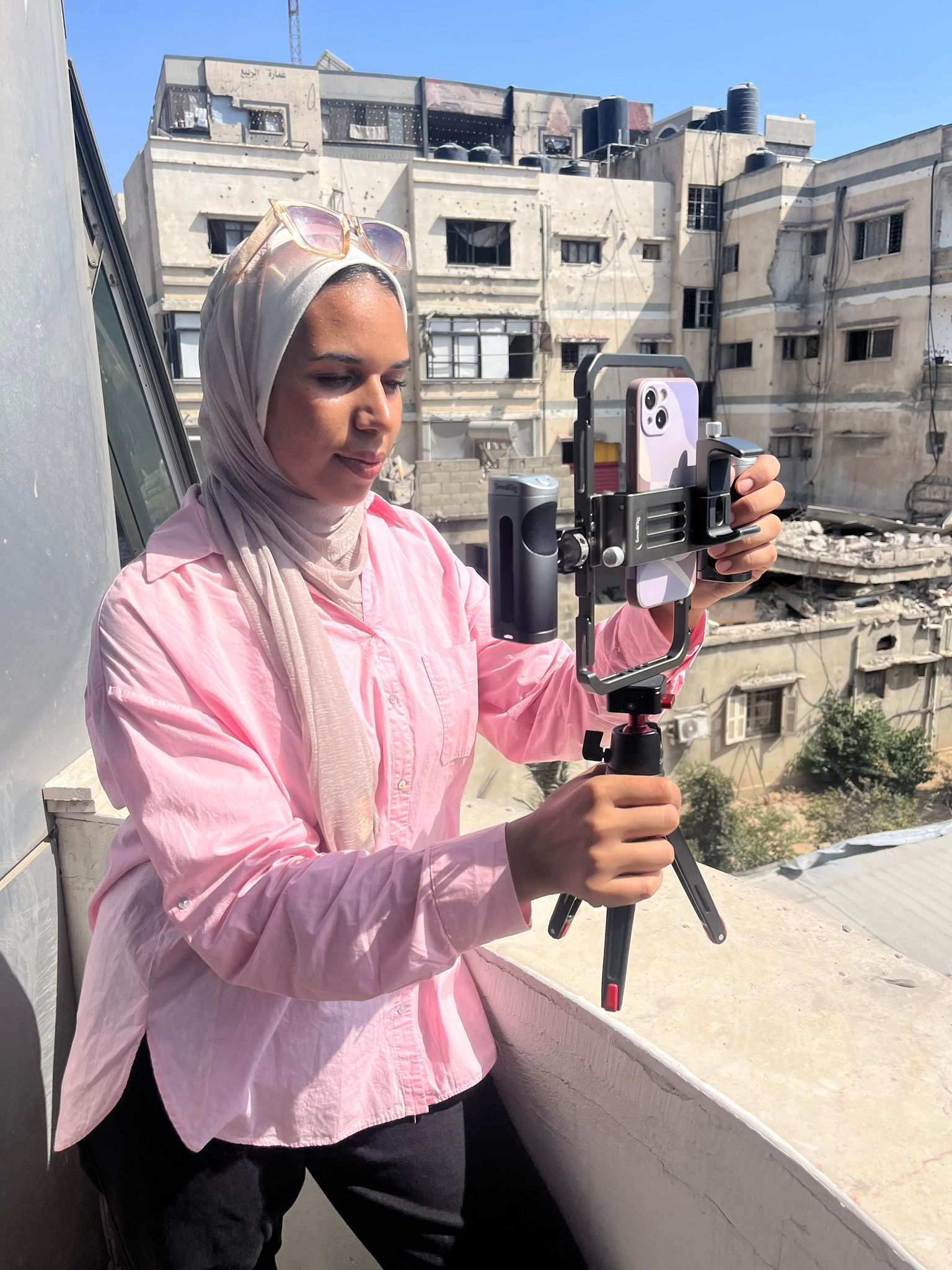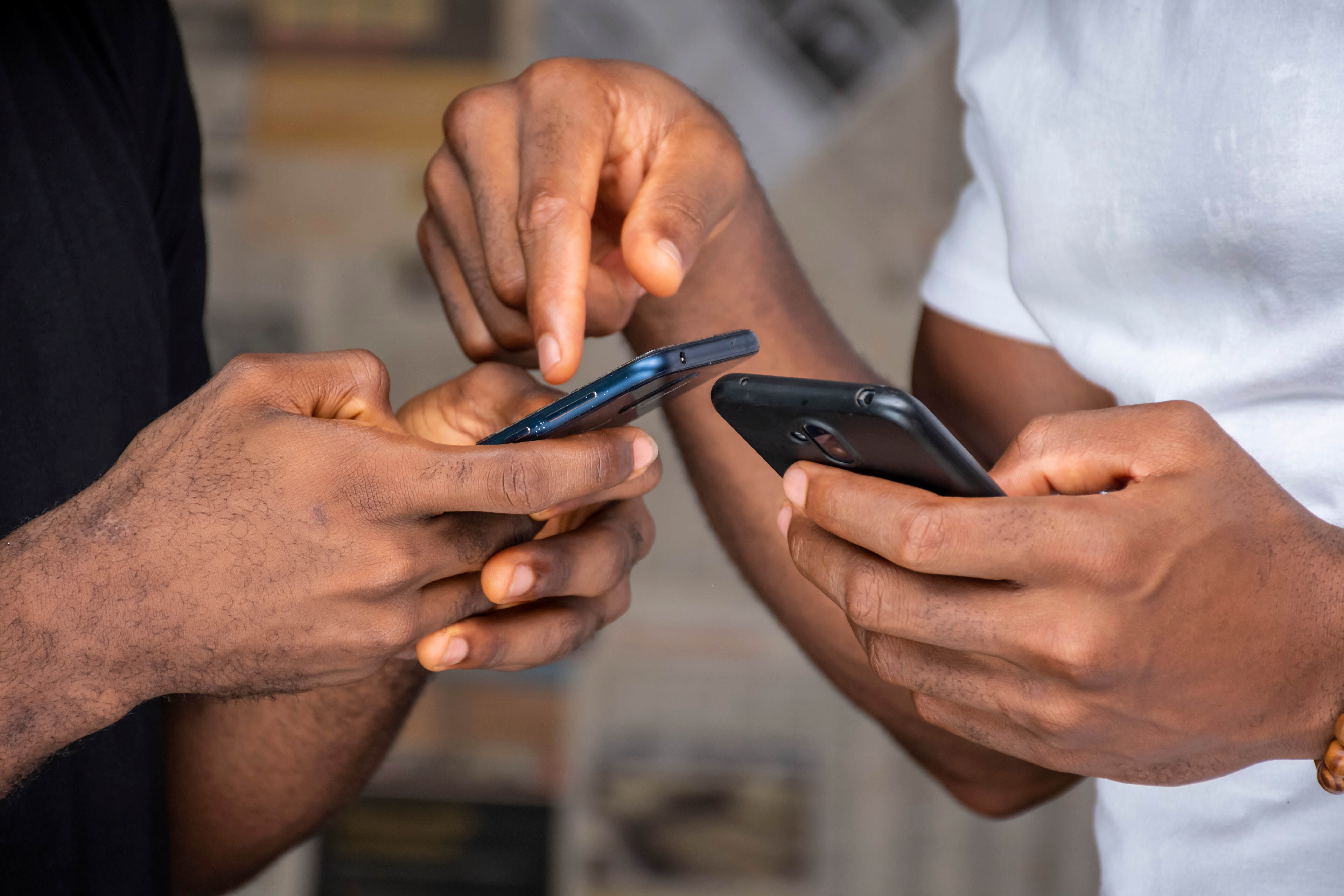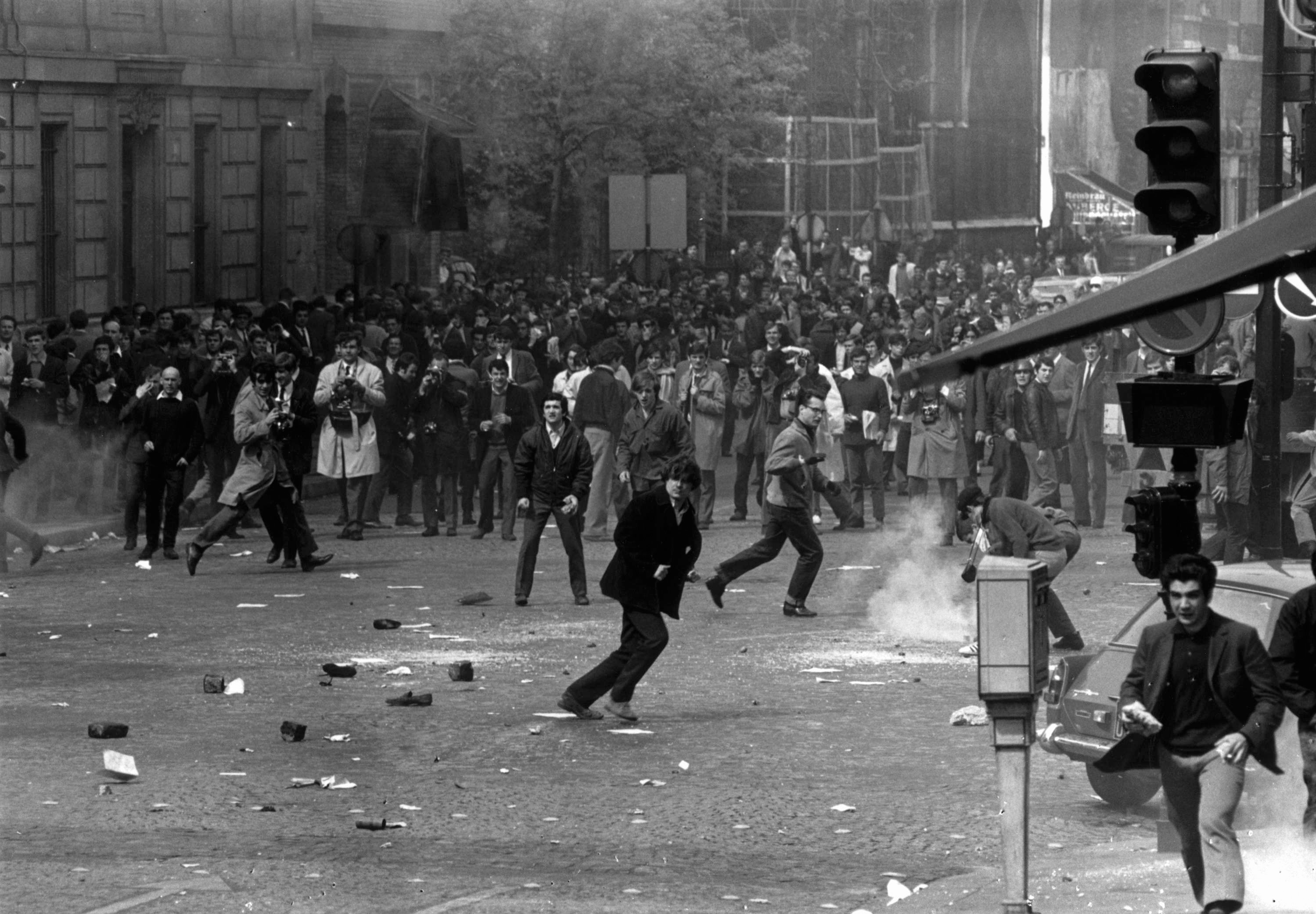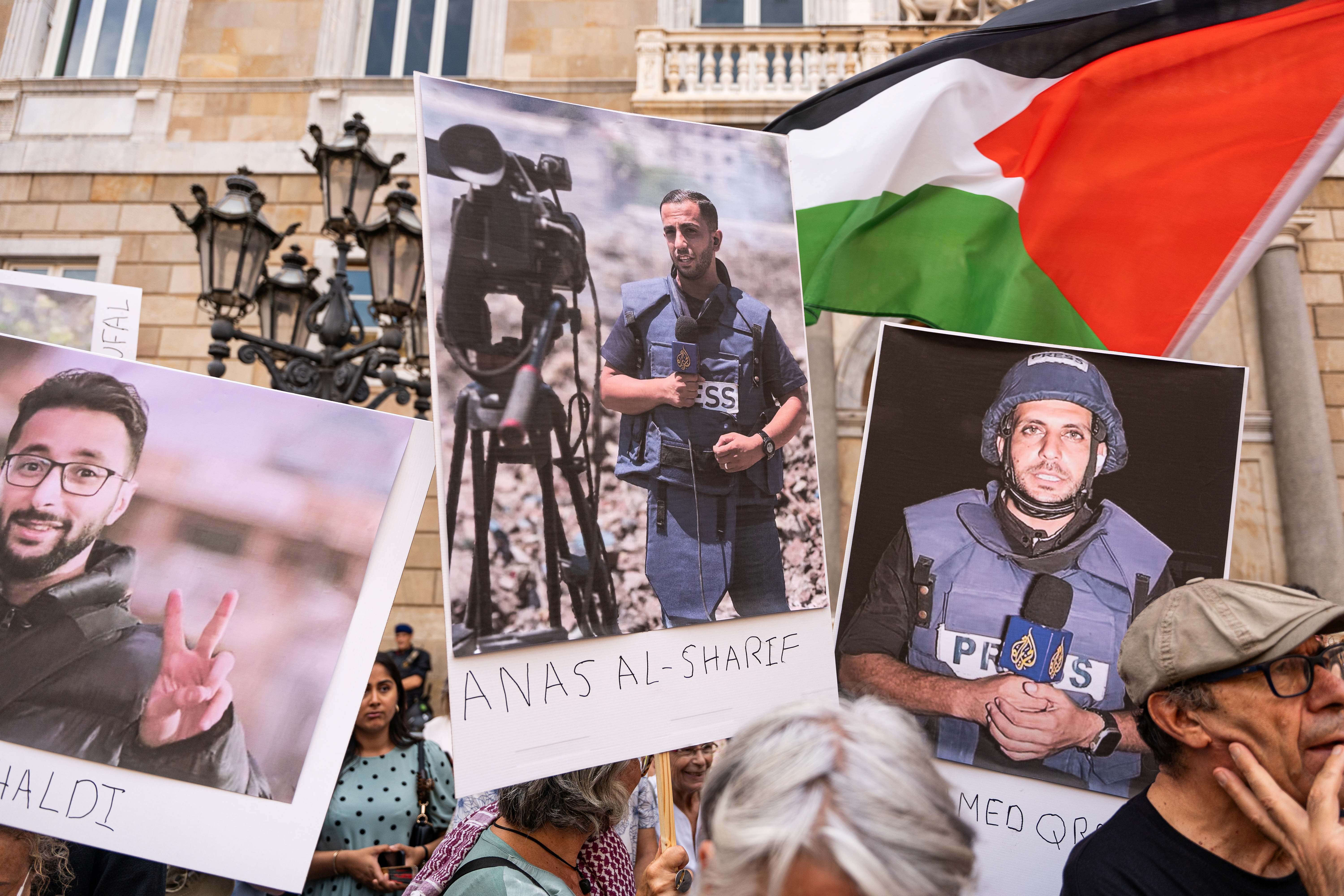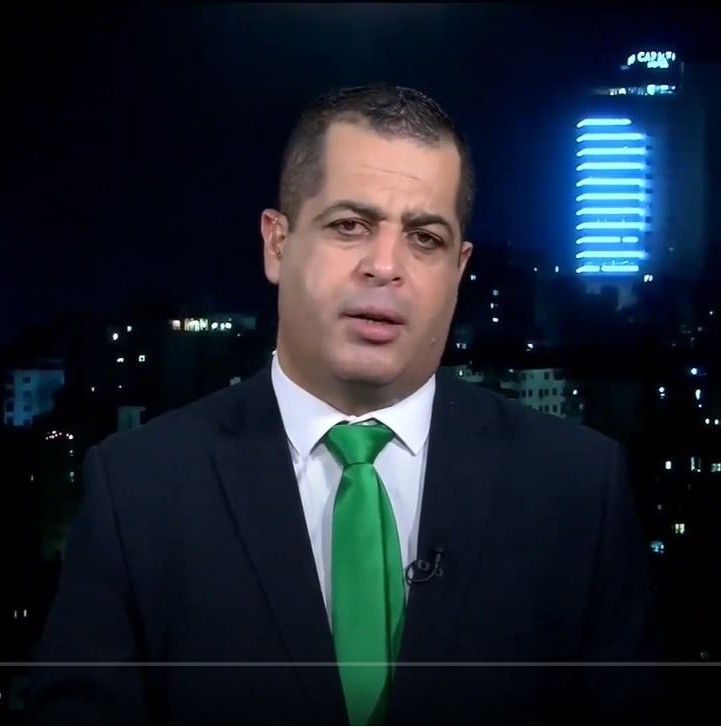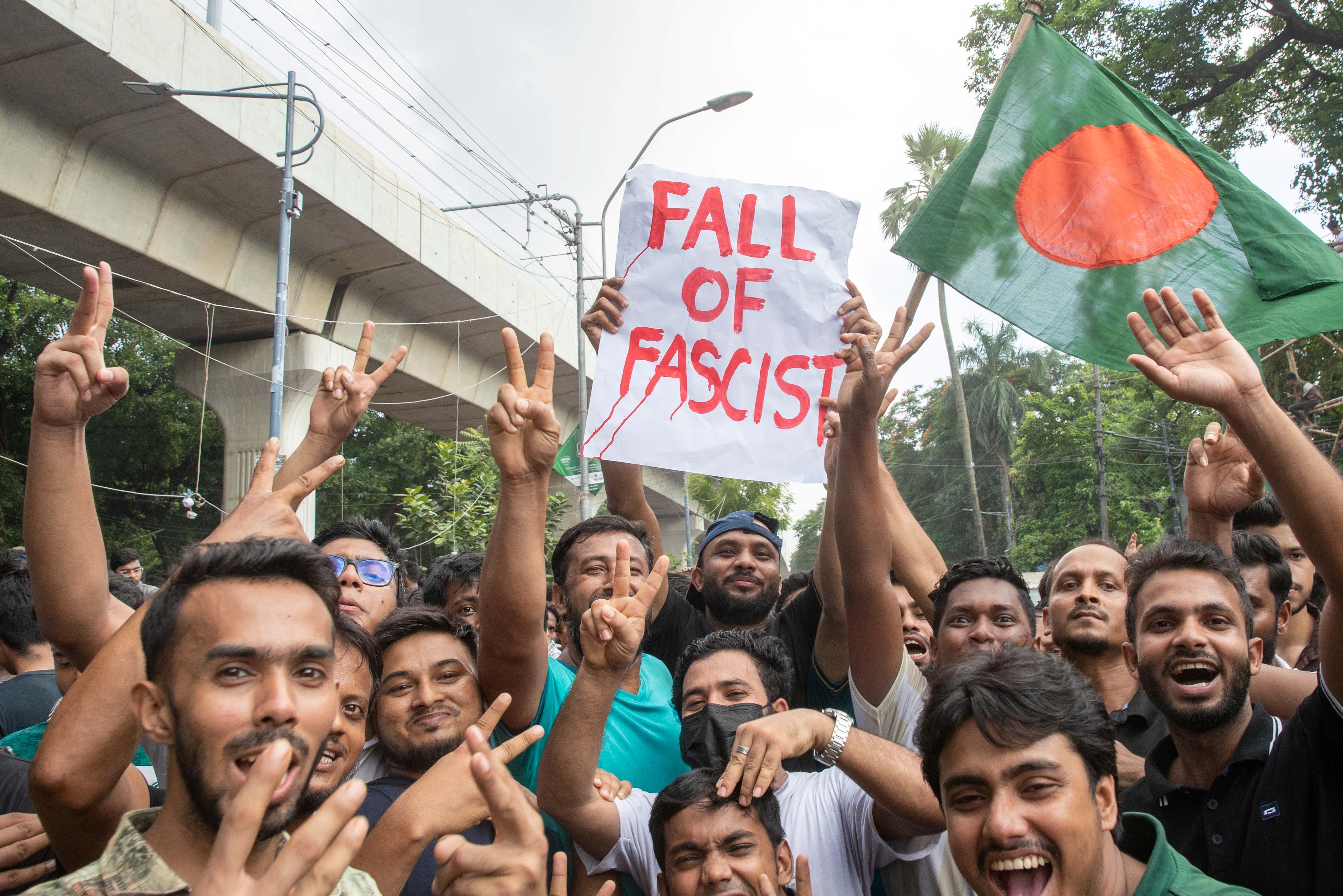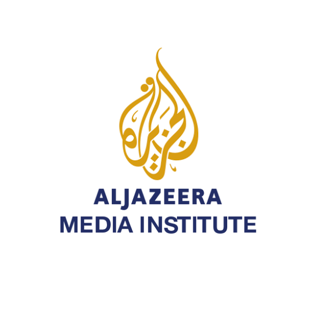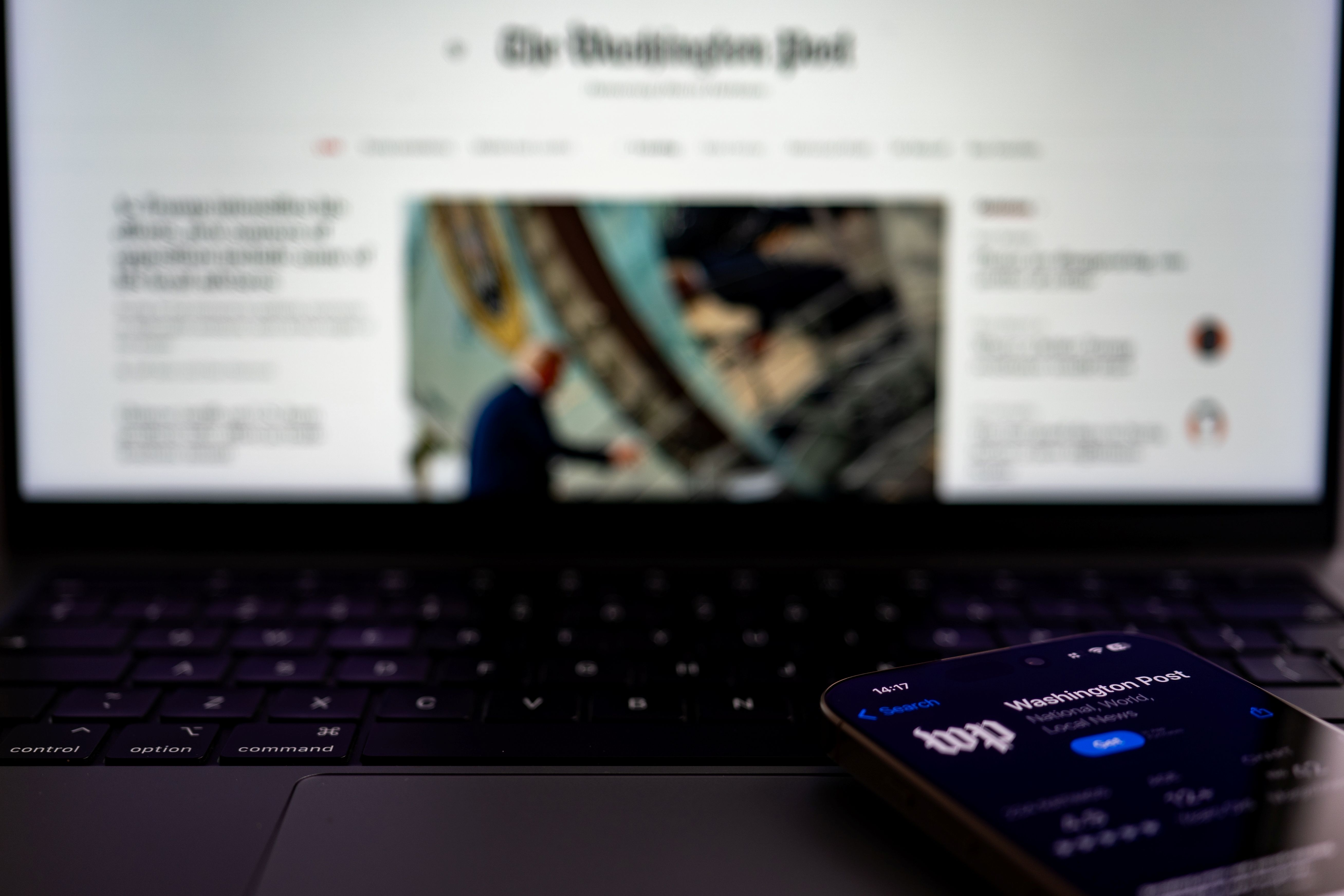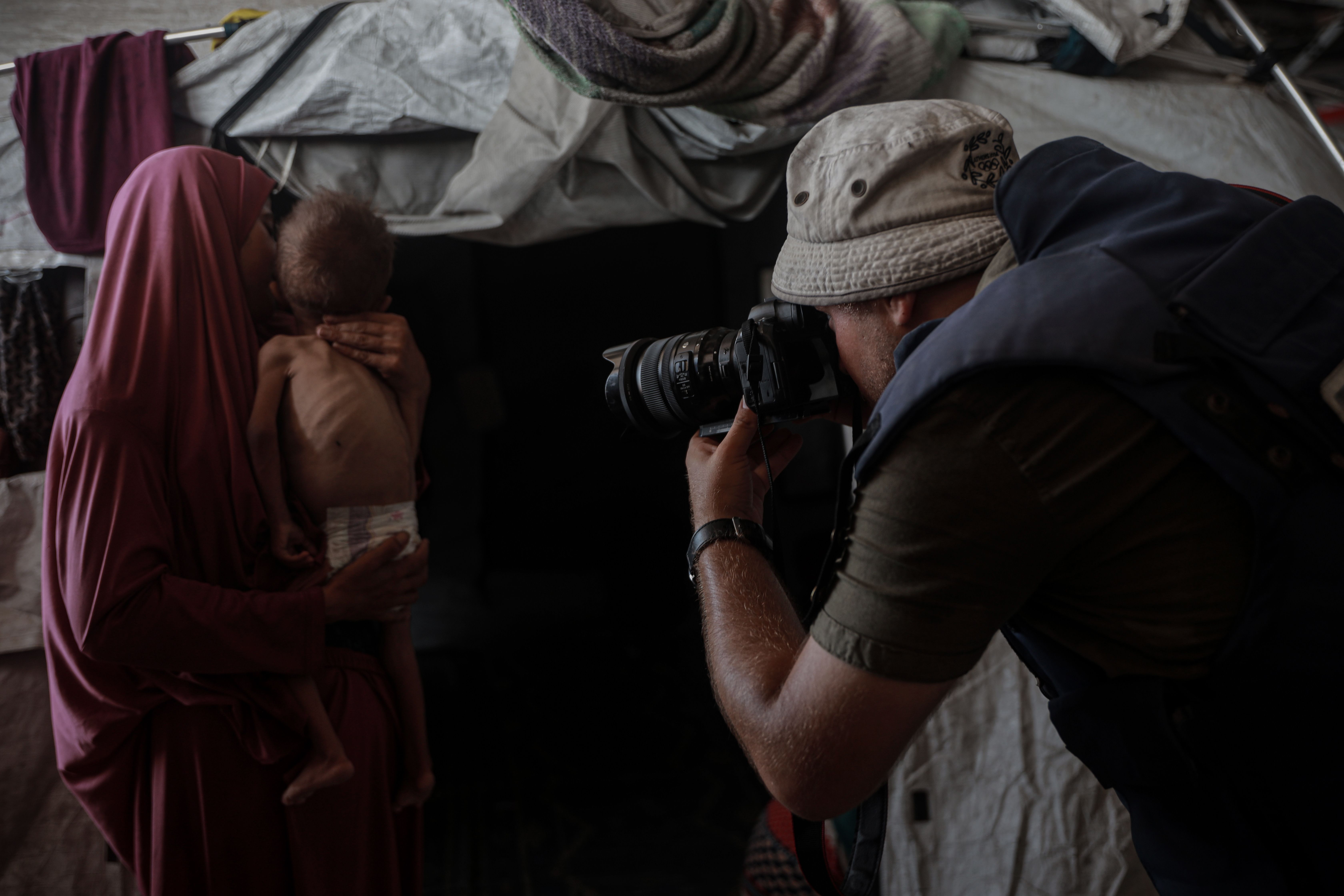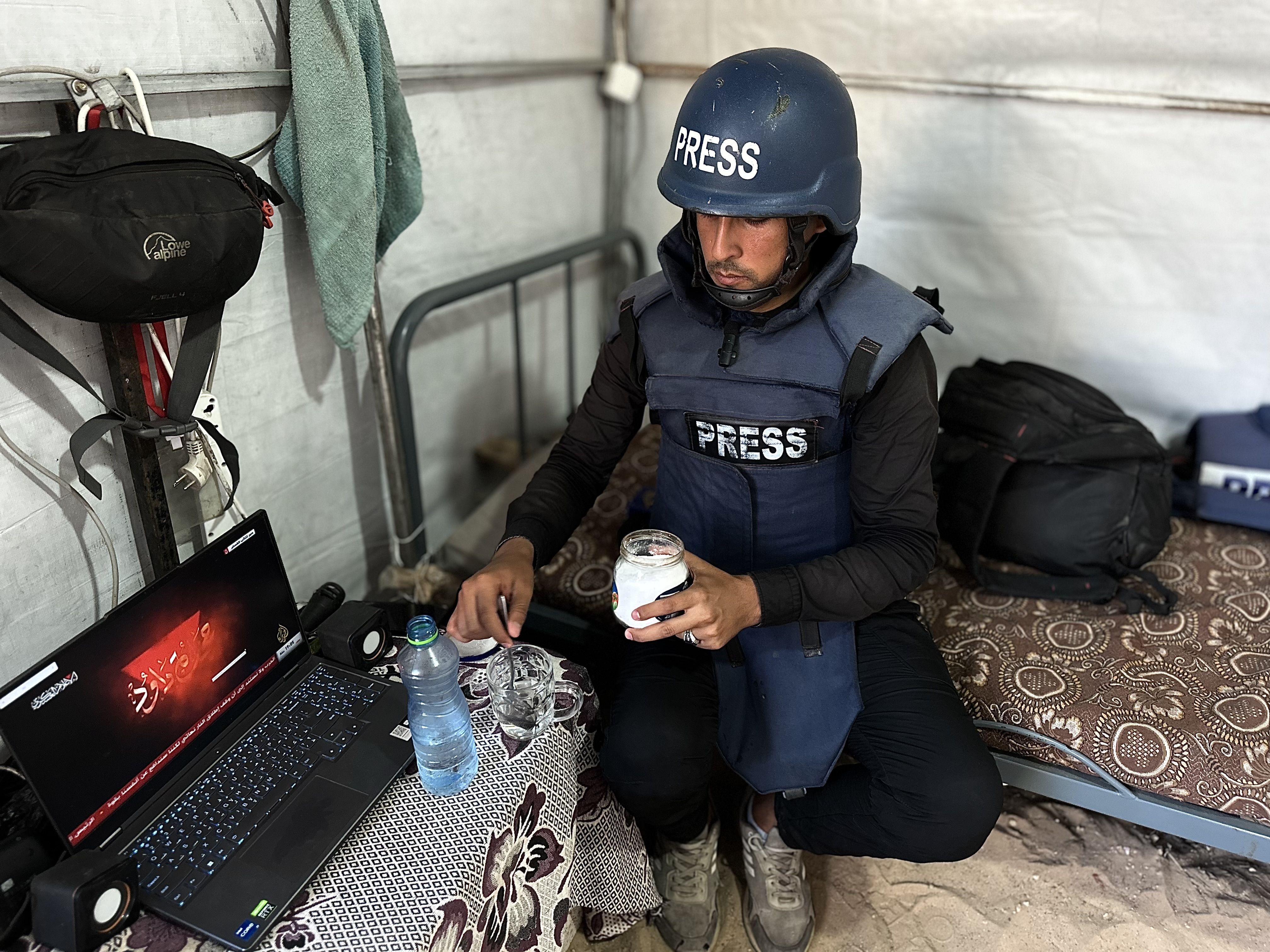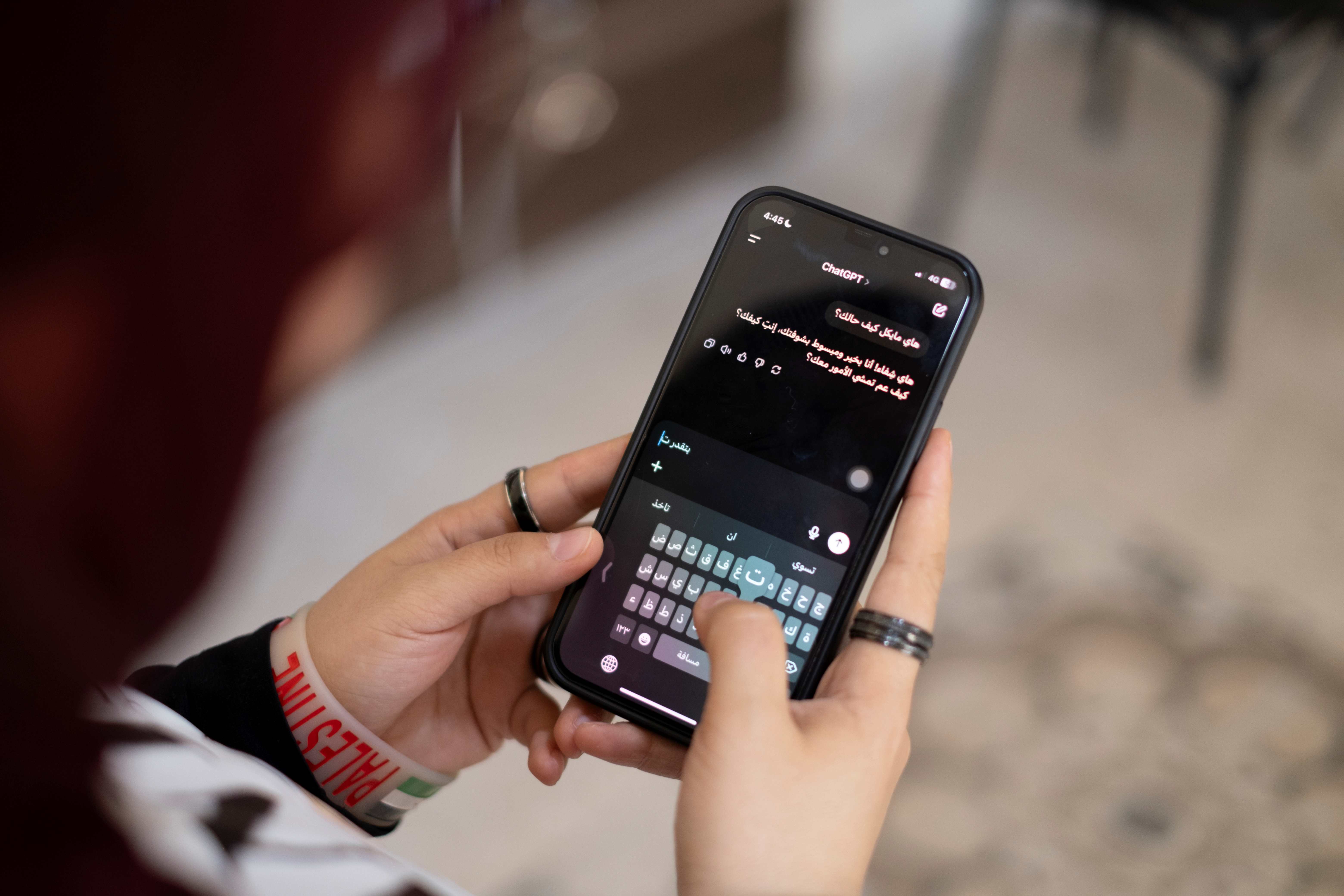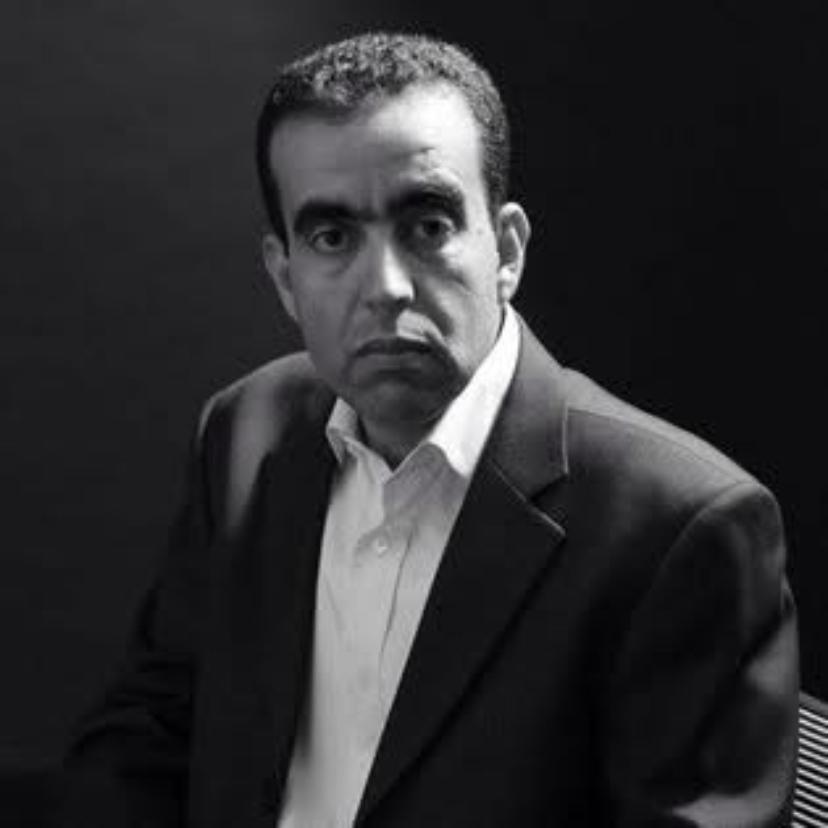يمكن القول إن خطاب الكراهية قد وجد متسعا وفضاء رحبًا خلال السنوات السابقة، وزادت معه التحديات التي يواجهها الصحفيون فيما يتعلق بتجنب الوقوع في فخ خطاب الكراهية أولًا، وفي مكافحة هذا الخطاب ثانيًا.
وقد انتشر خطاب الكراهية مؤخرًا لعدة أسباب، منها الهجمة على الحريات والديمقراطية وصعود اليمين المتطرف في أنحاء العالم، بالإضافة إلى تفاقم أزمة اللاجئين وتصاعد ظاهرة الإسلاموفوبيا في أوروبا. كما أن هذا الخطاب وجد على مواقع التواصل الاجتماعي حاضنة خصبة.
ولم تنجُ وسائل الإعلام التقليدية من السقوط في فخ نشر خطاب الكراهية، خاصة مع اتجاه الأنظمة الديكتاتورية حول العالم، مثل الصين، وروسيا، وسوريا، ومصر وغيرها، إلى الاستثمار في الإعلام التقليدي والرقمي وإنفاق المليارات من أجل صناعة الدعاية الخاصة بها. ووجهت اتهامات لموقع فيسبوك بأنه كان أداة استخدمها النظام الحاكم في ميانمار لشن حملة كراهية ضد مسلمي الروهينغيا، نتج عنها قتل الآلاف وفرار نحو مليون من شعب الروهينغيا إلى الدول المجاورة.
وقبل الحديث عن مواجهة خطاب الكراهية، يجب الإشارة بشكل مختصر إلى أضراره التي تهدد السلم الاجتماعي، وقد تقود في بعض الأحيان إلى اندلاع حرب أهلية وتساهم في تقسيم المجتمع، وكما تقود أيضًا إلى ترسيخ ممارسات عنصرية قد تصل إلى حد ارتكاب المذابح والحرب الأهلية، مثلما حدث في رواندا خلال تسعينيات القرن الماضي حيث لعبت وسائل الإعلام دورًا كبيرًا في إذكاء تلك المذابح والتشجيع عليها.
جهود التصدي لخطاب الكراهية
نتيجة للأضرار التي تم التطرق إليها آنفًا والناتجة عن تبني خطاب الكراهية، نشأت العديد من الجهود من قبل العديد من المؤسسات والدول لمواجهته، وسوف نستعرض أبرز هذه الجهود عن طريق الجهات التي تقوم بها، بالإضافة لعدد من أهم الأدلة التي أصدرتها المؤسسات الإعلامية بشأن الموضوع.
ويمكننا تقسيم هذه الجهود إلى: جهود تقوم بها الحكومات والدول، وجهود تقوم بها المؤسسات الدولية، وجهود أُخرى تقوم بها مؤسسات المجتمع المدني، وأخيرًا جهود المؤسسات الإعلامية. وسيتم استعراض ما سبق من خلال النقاط التالية:
أولًا: جهود الدول والحكومات
تبذل العديد من دول العالم –التي لا تتبنى خطاب الكراهية منهجًا- جهودًا مختلفة في سبيل التصدي لظاهرة خطاب الكراهية، إذ لا يُعقل أن تتبنى الدولة خطاب كراهية ضد فئة معينة، وتحاربه في الوقت ذاته. وكما قلنا سالفًا فإن الأنظمة الاستبدادية في العادة هي الأكثر تبنيًا لذلك الخطاب في سبيل خدمة أجندتها السياسية.
وفيما يرتبط بسن القوانين والتشريعات التي من شأنها مكافحة خطاب الكراهية؛ سعت العديد من دول العالم، خاصة في العقد الأخير إلى إصدار قوانين تجرمه، كما أطلقت دعوات إلى توسيع أُطر هذه القوانين، وتشديد العقوبات فيها تزامنًا مع اتساع تبني خطاب الكراهية.
وأوضح تقرير صادر عن المفوضية السامية لحقوق الإنسان في الأمم المتحدة أن عددًا كبيرًا من دول منطقة آسيا والمحيط الهادي تطبَّق قوانين يمكن استعمالها، سواء بصورة مباشرة أو غير مباشرة، لحظر خطاب الكراهية بمختلف مظاهره، مع الإشارة إلى أن وجود تباين في بعض المصطلحات بين قوانين الدول محل الدراسة، لكنها جميعًا تحظر خطاب الكراهية. وهذه الدول هي: أذربيجان، وكوريا الجنوبية، وأرمينيا، وأستراليا، وأفغانستان، وإندونيسيا، وأوزبكستان، وإيران، وباكستان، ونيوزيلندا، والهند، واليابان، واليمن، والبحرين، والعراق، وقطر، وغيرها (1).
لكن مصر على سبيل المثال، تمثل نموذجًا للتعارض الصارخ بين وجود قوانين وتشريعات على الورق، وبين انتشار خطاب الكراهية بشكل كبير جدًا برعاية الدولة. فقد سنّت الدولة تشريعات من شأنها مكافحة خطاب الكراهية، بل إن الدستور المصري الذي أقر في العام 2014، قد أشار في المادة (53) إلى موضوع خطاب الكراهية، وتنص على أن "المواطنين لدى القانون سواء، وهم متساوون في الحقوق والحريات والواجبات العامة، لا تمييز بينهم بسبب الدين، أو العقيدة، أو الجنس، أو الأصل، أو العرق، أو اللون، أو اللغة، أو الإعاقة، أو المستوى الاجتماعي، أو الانتماء السياسي أو الجغرافي، أو لأي سبب آخر". بعد ذلك ذكرت المادة أن "التمييز والحض على الكراهية جريمة يعاقب عليها القانون. كما أن الدولة مُلزمة باتخاذ التدابير اللازمة للقضاء على كافة أشكال التمييز، وينظم القانون إنشاء مفوضية مستقلة لهذا الغرض". لكن الواقع المصري يشهد تصاعدًا كبيرًا في خطاب الكراهية في وسائل الإعلام التي تسيطر عليها الدولة منذ سنوات. وبالتالي فإن سن قوانين وتشريعات ليس كافيًا لمواجهة خطاب الكراهية، ويجب أن يقترن ذلك بوجود إرادة سياسية جادة لتطبيق تلك القوانين وأن تكون الدولة نفسها تتمتع بدرجة معقولة من الديمقراطية.
ثانيًا: جهود المؤسسات الدولية
تبذل مؤسسات دولية جهودًا عديدة في سبيل التصدي لظاهرة خطاب الكراهية، وتتجلى هذه الجهود في عدة أشكال. فقد أصدرت اليونسكو في الثامن والعشرين من نوفمبر/ تشرين الثاني 1978 إعلانًا بشأن المبادئ الأساسية الخاصة بإسهام وسائل الإعلام في دعم السلام والتفاهم الدولي، وتعزيز حقوق الإنسان، ومكافحة العنصرية والفصل العنصري والتحريض على الحرب. وتضمن هذا الإعلان العديد من المواد التي من شأنها التصدي لخطاب الكراهية في وسائل الإعلام. وتنص المادة على "أن دعم السلام والتفاهم الدولي، وتعزيز حقوق الإنسان، ومكافحة العنصرية والفصل العنصري، والتحريض على الحرب، يقتضي تداول المعلومات بحرية ونشرها على نحو أوسع وأكثر توازنًا، وعلى وسائل الإعلام الجماهيرية أن تقدم إسهامًا أساسيًا في هذا المقام، وعلى قدر ما يعكس الإعلام شتى جوانب الموضوع المعالج، يكون هذا الإسهام فعالًا". كذلك أوردت المادة الثالثة ما يلي: "على وسائل الإعلام أن تقدم إسهامًا هامًا في دعم السلام والتفاهم الدولي وفي مكافحة العنصرية والفصل العنصري والتحريض على الحرب" (2).
في الحقيقة، لم يكن ما قامت به اليونسكو هو الإسهام الأول في هذا الإطار، إذ أكد العهد الدولي الخاص بالحقوق المدنية والسياسية الصادر عن قرار الجمعية العامة للأمم المتحدة في ديسمبر/ كانون الأول 1966، في مادته العشرين على الحظر القانوني لأي دعوة إلى الكراهية القومية أو العنصرية أو الدينية تشكل تحريضًا على التمييز أو العداوة أو العنف (3).
أما فيما يتعلق بجهود فتح الحوارات الدولية، والتي من شأنها الخروج بتوصيات على المستوى الدولي للتصدي لظاهرة خطاب الكراهية؛ فقد نظمت المفوضية السامية لحقوق الإنسان عام 2011 حلقات عمل للخبراء الإقليمين، شارك فيها حوالي 45 خبيرًا ينتمون إلى خلفيات متنوعة، كما شارك في المناقشات ما يزيد عن 200 مراقب من بينهم صحفيون يمثلون مختلف المؤسسات الإعلامية، وتمخض عن هذه النقاشات ما عُرف بــ "خطّة عمل الرباط"، نظرًا لأنه تم اعتمادها في العاصمة المغربية الرباط، في أكتوبر/ تشرين الأول 2012 (4).
نصت الخطة على العديد من التوصيات أبرزها السعي إلى اعتماد تشريعات وطنية شاملة لمكافحة التمييز، مع وجود إجراءات وقائية وعقابية، بغية العمل على مكافحة التحريض على الكراهية، في سبيل تمكين الأقليات والفئات الضعيفة (5). وتعليقًا على الخطة برمتها، قالت مفوضة الأمم المتحدة السامية لحقوق الإنسان، نافي بيلاي، "إن فريق الخبراء المرموقين، الذين عملوا معًا في تناول هذه المسألة خلال العامين الماضيين، حقق آمالنا بأن توصل هؤلاء الخبراء إلى توافق آراء بشأن كيفية المعالجة الفعالة لمسألة التحريض واستنبطوا مسارًا واضحًا لمساعدتنا على تحديد موضع الخط الفاصل بين حرية التعبير والتحريض" (6).
على الصعيد العربي، وفي سبيل الاستفادة من الخطة، أوردت دراسة لمركز القاهرة لحقوق الإنسان، وجود العديد من العوائق في سياق المجتمع العربي تقف حائلًا أمام الاستفادة من الخطة، كان منها: غياب الإرادة السياسية لدى حكومات المنطقة، والحالة الراهنة للمنظومة القضائية العربية، وتهميش المجتمع المدني (7).
ثالثًا: جهود مؤسسات المجتمع المدني
تُساهم مؤسسات المجتمع المدني على اختلاف أنواعها في التصدي لخطاب الكراهية خاصة في وسائل الإعلام، ومن المعلوم أنه ليس من سلطتها إقرار قوانين أو تطبيق عقوبات على أحد، ولكن تتركز مجهوداتها في إصدار دراسات أو عمل تقارير لرصد خطاب الكراهية في الإعلام، أو لتقديم توصيات من شأنها العمل على تقليل آثار الظاهرة.
ويمكن تسليط الضوء على هذه الجهود من خلال النقاط التالية، مع التأكيد على أن ما سيتم ذكره هو على سبيل المثال لا الحصر:
-
أصدر مرصد الإعلام في شمال إفريقيا والشرق الأوسط في شهر يوليو/ تموز عام 2015، تقريرًا لرصد خطاب الحقد والكراهية في الصحافة المكتوبة في خمس دول، هي: العراق، البحرين، اليمن، مصر، وتونس، وهو يأتي ضمن سلسلة من التقارير بدأت في عام 2013، واستمرت لسنوات. ويوضح المرصد في تقريره، أن الغاية من إصدار التقرير ليس إقامة محاكمة نظرية افتراضية للصحفيين، ولا حتى انتقاد عمل المؤسسات الإعلامية، بل على العكس، فإن هذه المساهمة تسعى بالأساس على المدى المتوسط والبعيد إلى الدفاع عن أخلاقيات مهنة الصحافة، وعن صورة الصحفيين المتميزة، وإبعادها عن مصادر التشويه والسوء المتمثلة في ممارسة الحقد والكراهية والشتم والقذف ودعوات العنف والقتل، وإطلاق اتهامات التكفير واللعن والنفاق، وغيرها من الممارسات غير المهنية المرتبطة بالحقد والكراهية، والتي تحول بدورها الصحافة إلى مصدر تهديد للمجتمع (8).
-
أصدرت مؤسسة " سكاي لاين" الدولية تقريرًا لرصد خطاب التحريض والكراهية في الشرق الأوسط في شهر أبريل/ نيسان 2019. وأكدت المؤسسة في مقدمة التقرير على أن الهدف من إصداره هو تسليط الضوء على خطاب التحريض والكراهية في الإعلام العربي في الشرق الأوسط؛ من أجل مواجهة هذه الثقافة واللغة في الخطاب الإعلامي، وكذلك من أجل الدفاع عن أخلاقيات مهنة الصحافة وعن صورة الصحفيين، بجانب الحفاظ على الإعلام كوسيلة بناءة في خدمة المجتمع، لا أن يكون وسيلة لنشر الكراهية والضغينة في صفوف الشعوب. ونوهت المؤسسة أيضًا إلى أن هذا التقرير هو الرابع الذي تصدره من أجل ذات الهدف (9).
-
أطلقت الشبكة العربية لمعلومات حقوق الإنسان هي الأُخرى تقريرًا يوثق انتشار الخطاب التحريضي في أغلب وسائل الإعلام المصرية، ووضعت له عنوانًا ترى أنه معبر عن واقع الحال وهو: "بنشتم ونحرض، والدولة عارفة.. عن إعلام التحريض والتشهير في مصر". وأوضحت الشبكة أن الهدف من التقرير هو توضيح أشكال خطاب الكراهية في الإعلام المرئي والمكتوب في مصر، وكيف تحول بعد السيطرة عليه ليصبح أداةً لنشر التحريض والأكاذيب والأخبار المضللة التي تتسبب في تعزيز الخلافات والاحتقان، عن طريق بروباغندا صادرة عن إعلاميين لا يكتفون فقط بالسب واللعن، بل يعمدون إلى نشر ثقافة القتل والتحريض على حساب القانون، وأحيانًا على حساب الدم! بالإضافة إلى أن ذلك يتم على مرأى ومسمع من المجلس الأعلى لتنظيم الإعلام، الذي يعاقب صحفًا وبرامج أُخرى بدعوى انتهاكها قيم المهنة. ويرى التقرير أن هذا المجلس برئيسه يتغاضون غالبًا عن انتهاكات جسيمة في حق مهنة الإعلام، بل وحق المجتمع ككل، فقط لأنها انتهاكات تخدم السلطة وتدعم النظام (10).
-
أطلق البرنامج المصري لتطوير الإعلام بالتعاون مع شبكة الصحافة الأخلاقية مشروعًا مشتركًا لإصدار دليل لتجنب خطاب الكراهية. وصدر الدليل في 30 صفحة مستعرضًا بعض الأمثلة والنماذج التي شهدتها العديد من وسائل الإعلام في الفترة الأخيرة، والتي تُعبر عن خطاب كراهية، ما يجب أن يتم تجنبه كي لا يؤدي إلى إلحاق ضرر عام بالمجتمع (11).
رابعًا: جهود المؤسسات الإعلامية
عملت العديد من المؤسسات الإعلامية على تبني العديد من المبادرات والتي تسعى من خلالها إلى الحد من تنامي ظاهرة خطاب الكراهية. وكان من بين هذه المبادرات، إطلاق معهد الجزيرة للإعلام دليلًا لتجنب التمييز وخطاب الكراهية في الإعلام. وهذا الدليل، والذي يقع فيما يقارب 40 صفحة، يسعى إلى تسليط الضوء على الممارسات المهنية، والحدود القانونية الهامة، التي من شأنها مساعدة الصحفيين على تفادي ممارسة التمييز، أو الحض على الكراهية، أو الترويج للتمييز العنصري بغية المساعدة في إنتاج مادة موضوعية تكون بعيدة كل البعد عن التحيّز (12).
ولم يكن معهد الجزيرة للإعلام هو الوحيد من بين المؤسسات الإعلامية التي عملت على التصدي لخطاب الكراهية؛ إذ أطلق معهد الإعلام الأردني بالتعاون مع شبكة الصِّحافة الأخلاقية، قاموسًا ودليلًا إرشاديًا، موجهًا للعاملين بوسائل الإعلام. ويتضمن هذا القاموس أبرز المفردات التي إنْ تغير سياق استخدامها (بحسب وصف البيان)، أدَّت لخطاب كراهية وتحريض كبيرين. ويهدف القاموس إلى إرشاد العاملين في وسائل الإعلام والناشرين على وسائل التواصل الاجتماعي إلى مراعاة استخدام المفردات في سياقها الطبيعي فقط، وعدم استخدامها كمفردات تؤدي إلى الانتقاص من صاحبها أو من يمثلها. وأضاف عميد المعهد الدكتور زياد الرفاعي، أن الدليل يُسهم في تنبيه الصحفيين والإعلاميين للحذر في استخدام المفردات ضمن سياقاتها الصحفية والإعلامية السليمة، لافتًا إلى أن القاموس يؤكد جهود الأردن في الحد من انتشار خطاب الكراهية (13).
المصادر والمراجع
(1) فيتيت مونتاربورن، "دراسة عن حظر التحريض على الكراهية القومية أو العنصرية أو الدينية: دروس من منطقة آسيا والمحيط الهادي"، المفوضية السامية لحقوق الإنسان - الأمم المتحدة.
https://www.ohchr.org/Documents/Issues/Expression/ICCPR/Bangkok/StudyBangkok_ar.pdf
(2) إعلان بشأن المبادئ الأساسية الخاصة بإسهام وسائل الإعلام في دعم السلام والتفاهم الدولي، وتعزيز حقوق الإنسان، ومكافحة العنصرية والفصل العنصري والتحريض على الحرب، المركز السوري للإعلام وحرية التعبير.
(3) العهد الدولي الخاص بالحقوق المدنية والسياسية، مكتبة حقوق الإنسان - جامعة مينيسوتا.
http://hrlibrary.umn.edu/arab/b003.html
(4) يمكن الاطلاع على الخطة من خلال الرابط.
https://carjj.org/sites/default/files/events/kht_ml_lrbt.pdf
(5) "بين حرية الكلام وخطاب الكراهية: خطة عمل الرباط"، أداة عملية لمكافحة التحريض على الكراهية، الأمم المتحدة، حقوق الإنسان - مكتب المفوض السامي، 21 فبراير 2013.
https://www.ohchr.org/AR/NewsEvents/Pages/TheRabatPlanofAction.aspx
(6) المصدر السابق.
(7) أحمد عزت، "خطة الرباط بين مكافحة خطاب الكراهية وحماية حرية التعبير"، رواق عربي، كتاب غير دوري صادر عن مركز القاهرة لدراسات حقوق الإنسان، العدد 68، 2014، ص: 74-75.
https://cihrs.org/wp-content/uploads/2015/07/rowaq68.pdf
(8) "رصد خطاب الحقد والكراهية في الصحافة المكتوبة"، التقرير الأول، يوليو 2015.
(9) "سكاي لاين الدولية ترصد خطاب التحريض والكراهية في الإعلام العربي"، مؤسسة سكاي لاين الدولية، أبريل 2019.
(10) "بنشتم ونحرض، والدولة عارفة.. عن إعلام التحريض والتشهير في مصر"، الشبكة العربية لمعلومات حقوق الإنسان، 28 يوليو 2019.
https://www.anhri.info/?p=10007
(11) شبكة الصحافة الأخلاقية، ونائلة حمدي، والبرنامج المصري لتطوير الإعلام، البرنامج المصري لتطوير الإعلام، ص8.
(12) "دليل تجنب التمييز وخطاب الكراهية في الإعلام"، معهد الجزيرة للإعلام، مرجع سبق ذكره، ص: 1.
(13) "معهد الإعلام الأردني يطلق قاموسا ودراسة حول خطاب الكراهية"، صحفية المدينة الإخبارية، 23 نوفمبر 2019.








